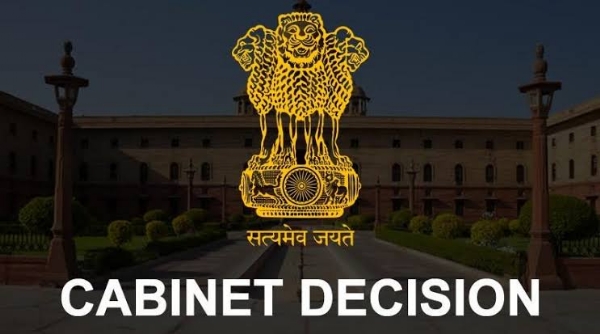
New Delhi, August 12(HS): Signalling a major thrust to India’s renewable energy capacity and North‑East infrastructure, the Cabinet Committee on Economic Affairs (CCEA) chaired by Prime Minister Narendra Modi has cleared an investment proposal worth ₹8,146.21 crore for the construction of the Tato-II Hydro Electric Project (HEP) in Shi Yomi district, Arunachal Pradesh.
The ambitious 700 MW facility — comprising four generating units of 175 MW each — is projected to produce 2,738 million units (MU) of electricity annually, enhancing Arunachal Pradesh’s power supply and contributing significantly to national grid stability. The estimated project completion period is 72 months.
Implementation and Funding Structure
The project will be executed through a Joint Venture between the North Eastern Electric Power Corporation Ltd. (NEEPCO) and the Government of Arunachal Pradesh.
The Government of India will extend:
- ₹458.79 crore as budgetary support for enabling infrastructure — construction of roads, bridges, and associated transmission lines.
- ₹436.13 crore as Central Financial Assistance towards the state’s equity share.
Local Benefits and Revenue Share
As per the agreement, Arunachal Pradesh will receive 12% free power from the project output, alongside 1% of revenue earmarked for a Local Area Development Fund (LADF).
Beyond electricity supply, the hydro project is positioned as a catalyst for socio‑economic development. Around 32.88 km of new roads and bridges will be built — infrastructure that will remain largely available for community use. Additionally, ₹20 crore from project funds will be channelled into the creation of essential public assets such as hospitals, schools, marketplaces, and playgrounds.
Employment, MSME Boost, and Atmanirbhar Bharat
Aligned with the principles of the Atmanirbhar Bharat Abhiyan, the Tato‑II project will prioritise local suppliers, enterprises, and MSMEs for procurement, creating substantial direct and indirect employment in the region.
The development will also incorporate compensation schemes, CSR initiatives, and skill‑building programs, ensuring that the benefits extend deeply into local communities.
Strategic and Environmental Significance
Apart from powering homes, industries, and public infrastructure, the clean hydropower output from Tato‑II will replace an equivalent quantum of fossil‑fuel‑driven electricity, thereby reducing carbon emissions and contributing to India’s renewable energy targets.
Energy analysts view the project as pivotal — both for addressing peak electricity demand in the North‑East and for providing responsive load balancing capacity to the national grid, especially as renewable penetration rises.
This approval marks another step in India’s aggressive hydropower expansion strategy, reinforcing the government’s commitment to energy security, sustainable growth, and regional development.
Hindusthan Samachar / Jun Sarkar








